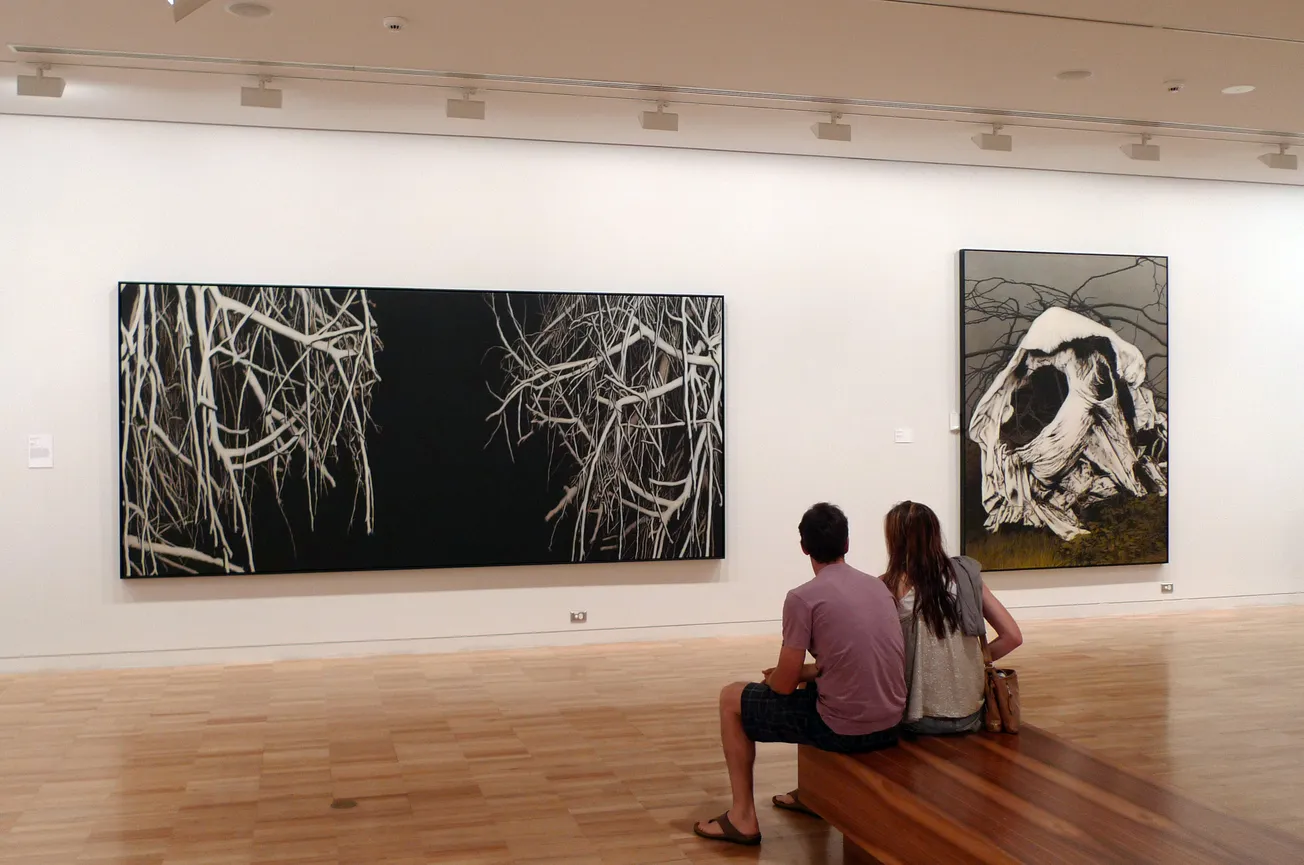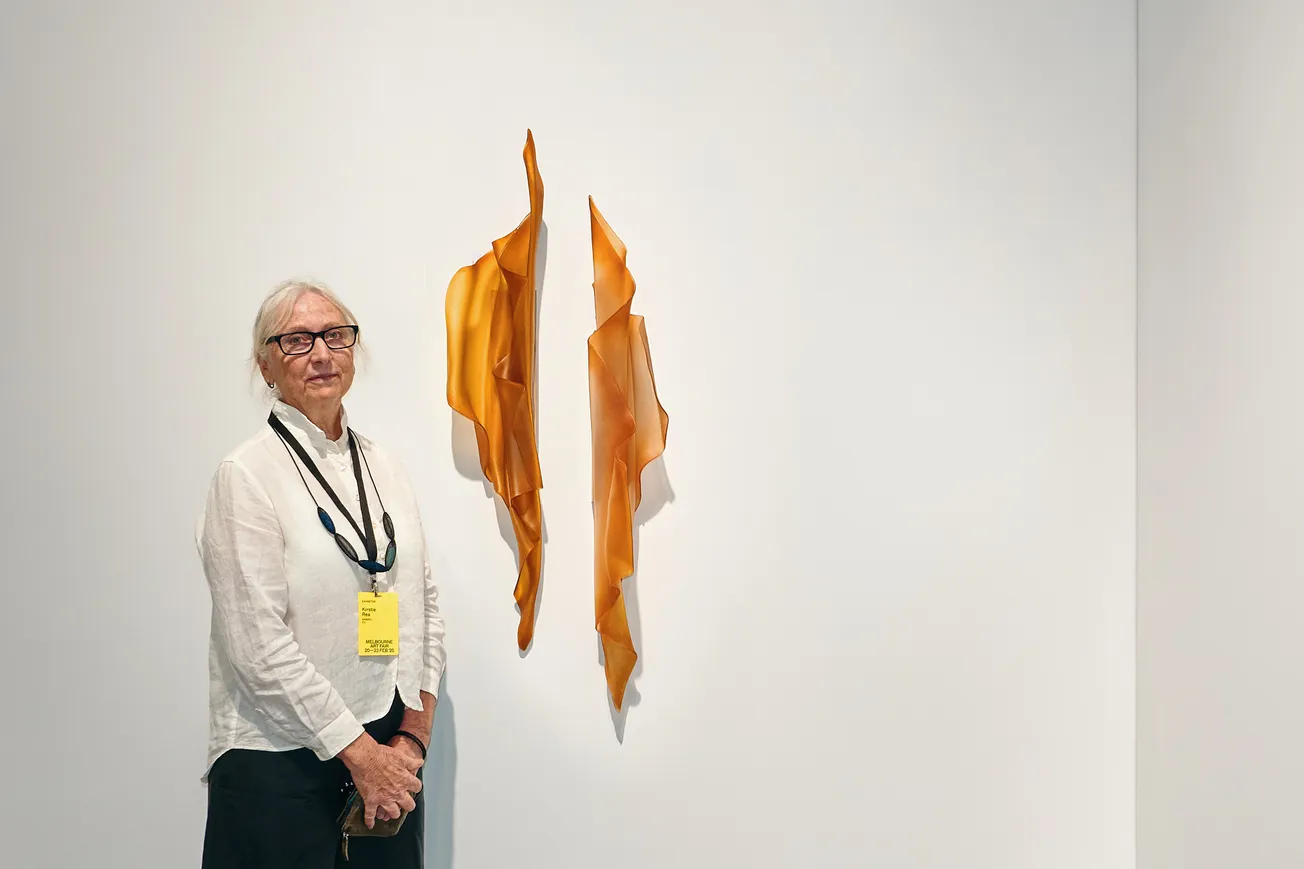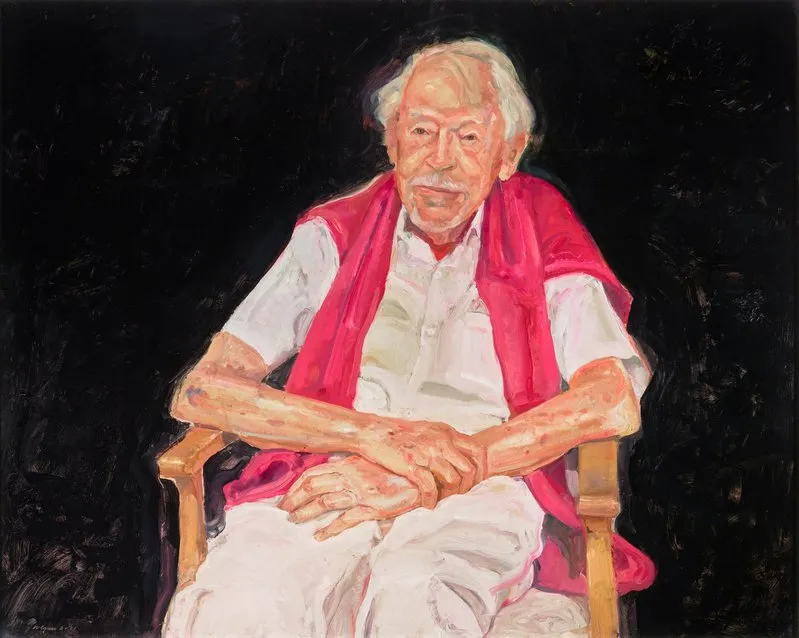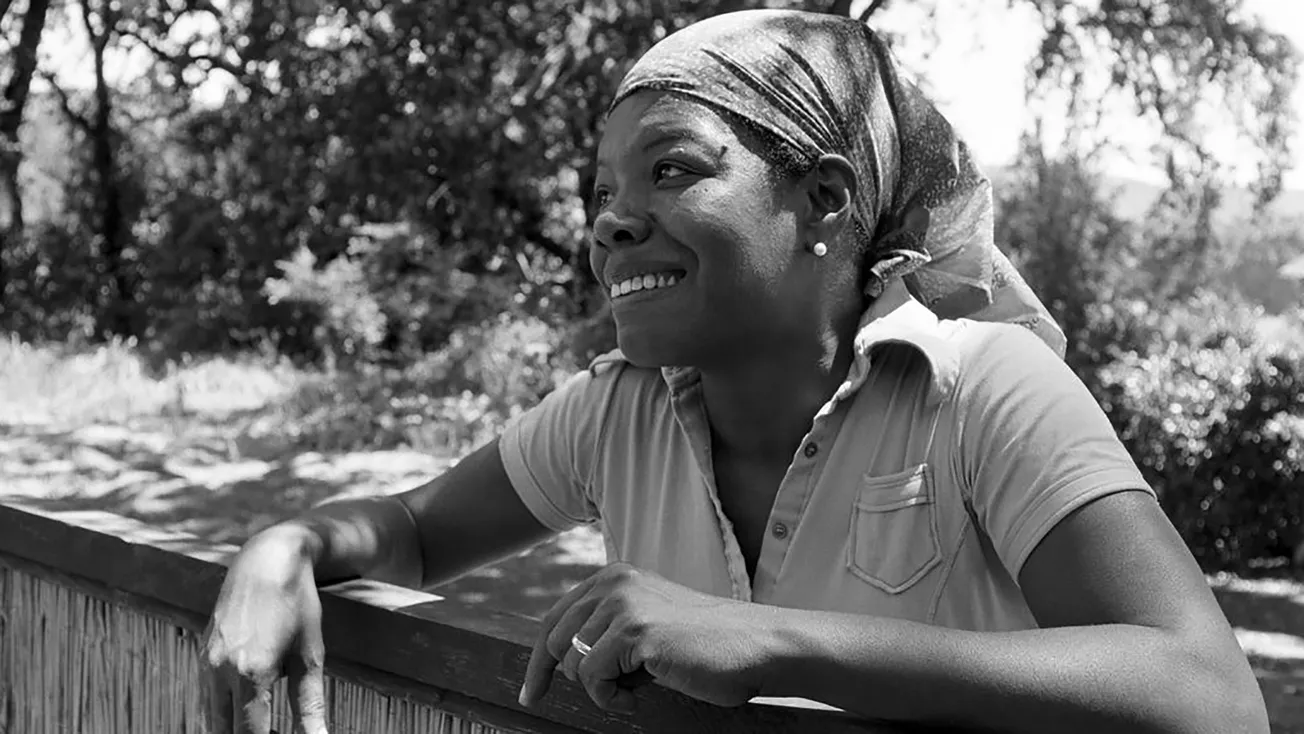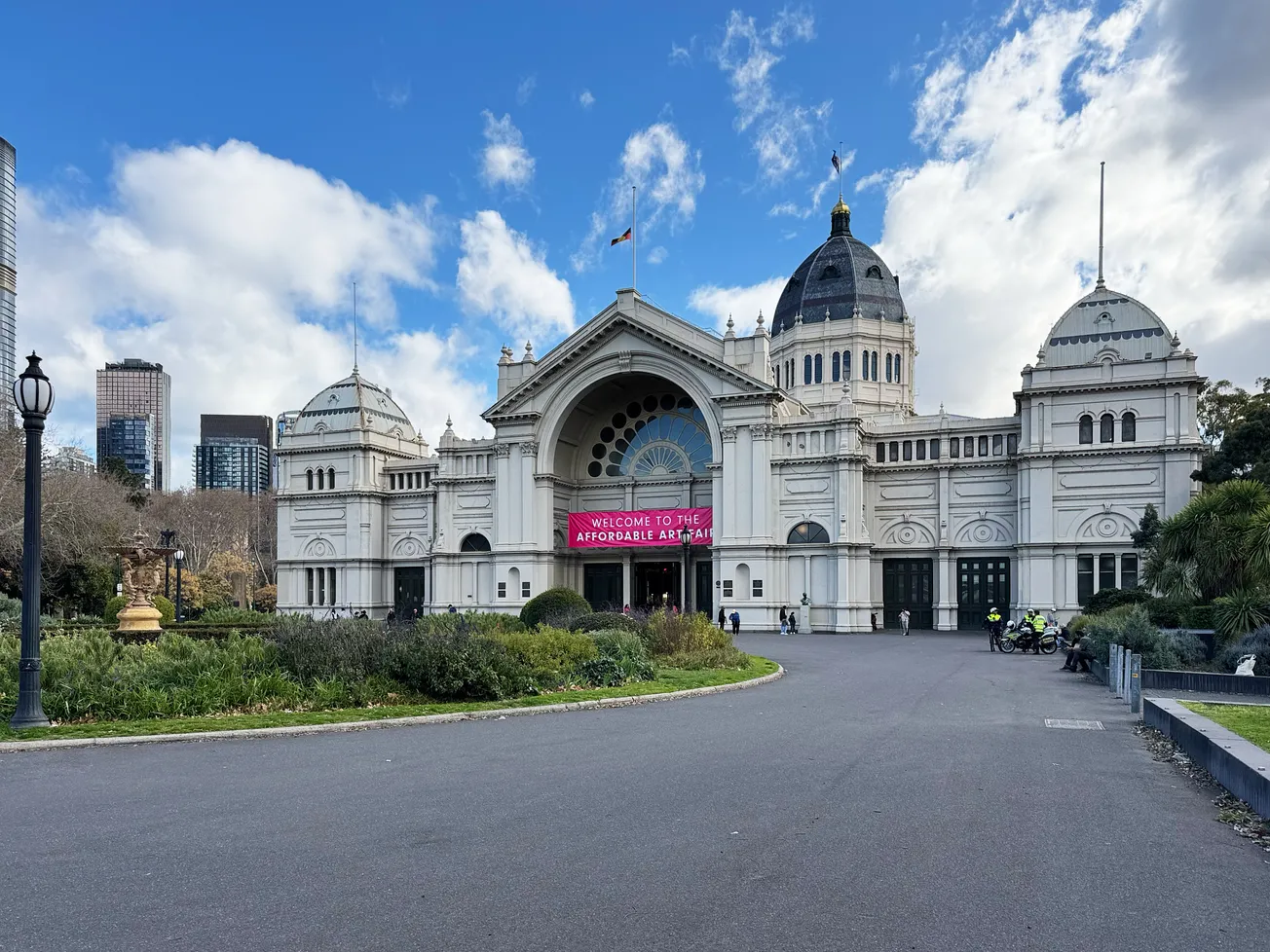Table of Contents
Andrew Browne has established himself as a significant figure in Australian contemporary art through his distinctive photographic and painting practice. Based in Melbourne, Browne's work explores the boundaries between natural and urban environments, reality and abstraction, light and shadow.
Browne's artistic journey began in the 1980s, but his approach has continually evolved while maintaining certain core visual preoccupations. His process often begins with photography, capturing overlooked elements of the urban landscape – trees silhouetted against night skies, industrial structures, or strange natural formations. These photographs serve as both documentation and starting points for his paintings, which transform these observations into more enigmatic and evocative images.
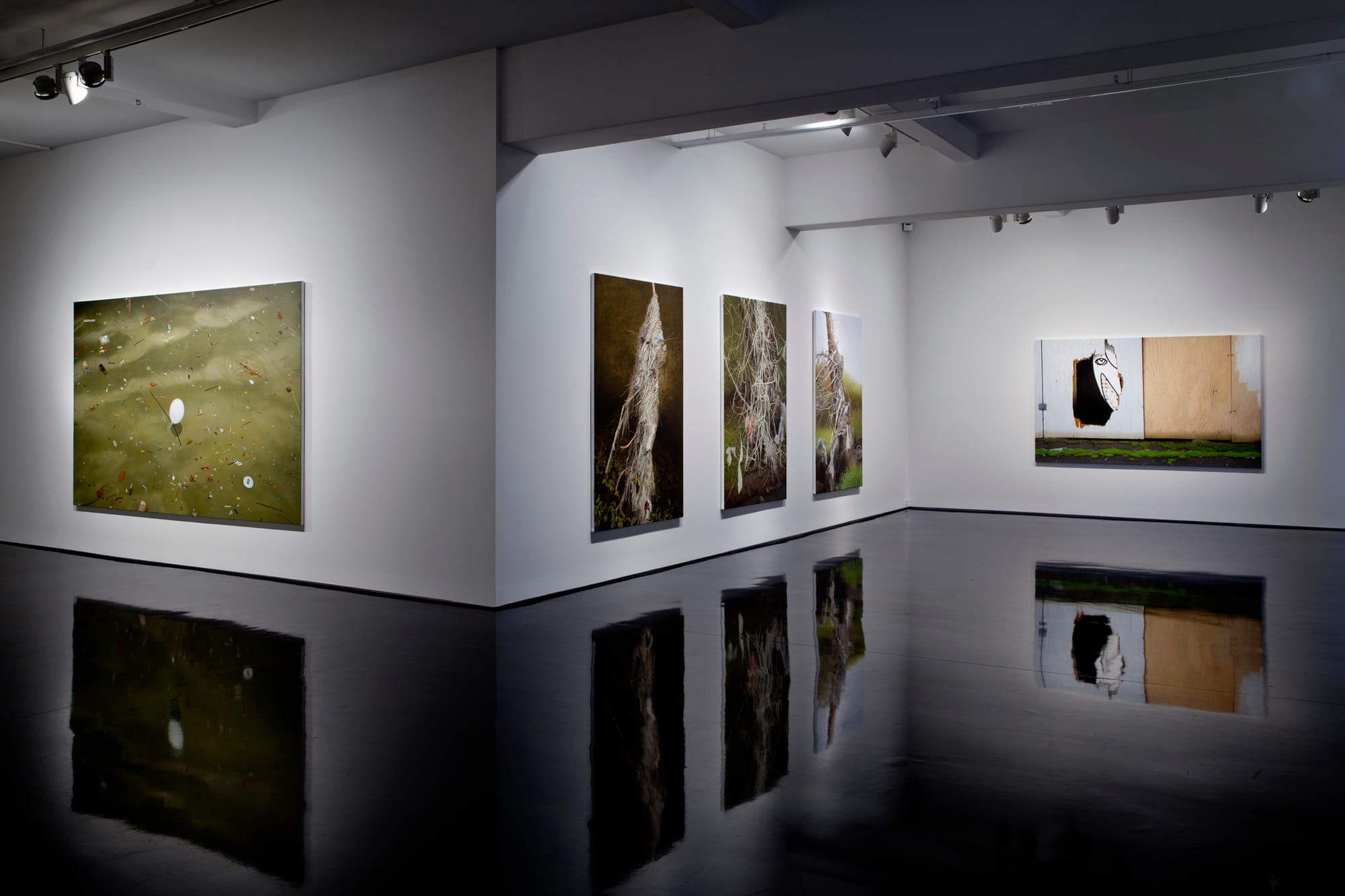
What distinguishes Browne's work is his attention to the liminal – those threshold spaces between day and night, between the recognizable and the mysterious. His compositions often isolate and magnify fragments of the visible world, transforming ordinary objects into forms that hover between representation and abstraction. A tree branch might become a calligraphic gesture; a splash of light on water transforms into an almost sculptural form.
The 2012 exhibition at Tolarno Galleries marked an important moment in Browne's career, showcasing his ability to create visual narratives that blur the boundaries between photography and painting. This exhibition highlighted his technical virtuosity while emphasizing the conceptual underpinnings of his practice – particularly his interest in how perception shapes our understanding of the world around us.
Light plays a crucial role in Browne's visual language. He often employs dramatic contrasts between illumination and darkness, creating images that seem to emerge from shadows or glow with an internal luminosity. This approach creates a sense of revelation – as though these ordinary scenes contain hidden meanings or resonances that become visible through his artistic intervention.
Browne's work engages with art historical traditions while remaining firmly contemporary. There are echoes of Romantic landscape painting in his attention to atmospheric effects and sublime natural forms, yet his focus on the overlooked corners of urban environments and his use of photography align him with more recent artistic concerns.
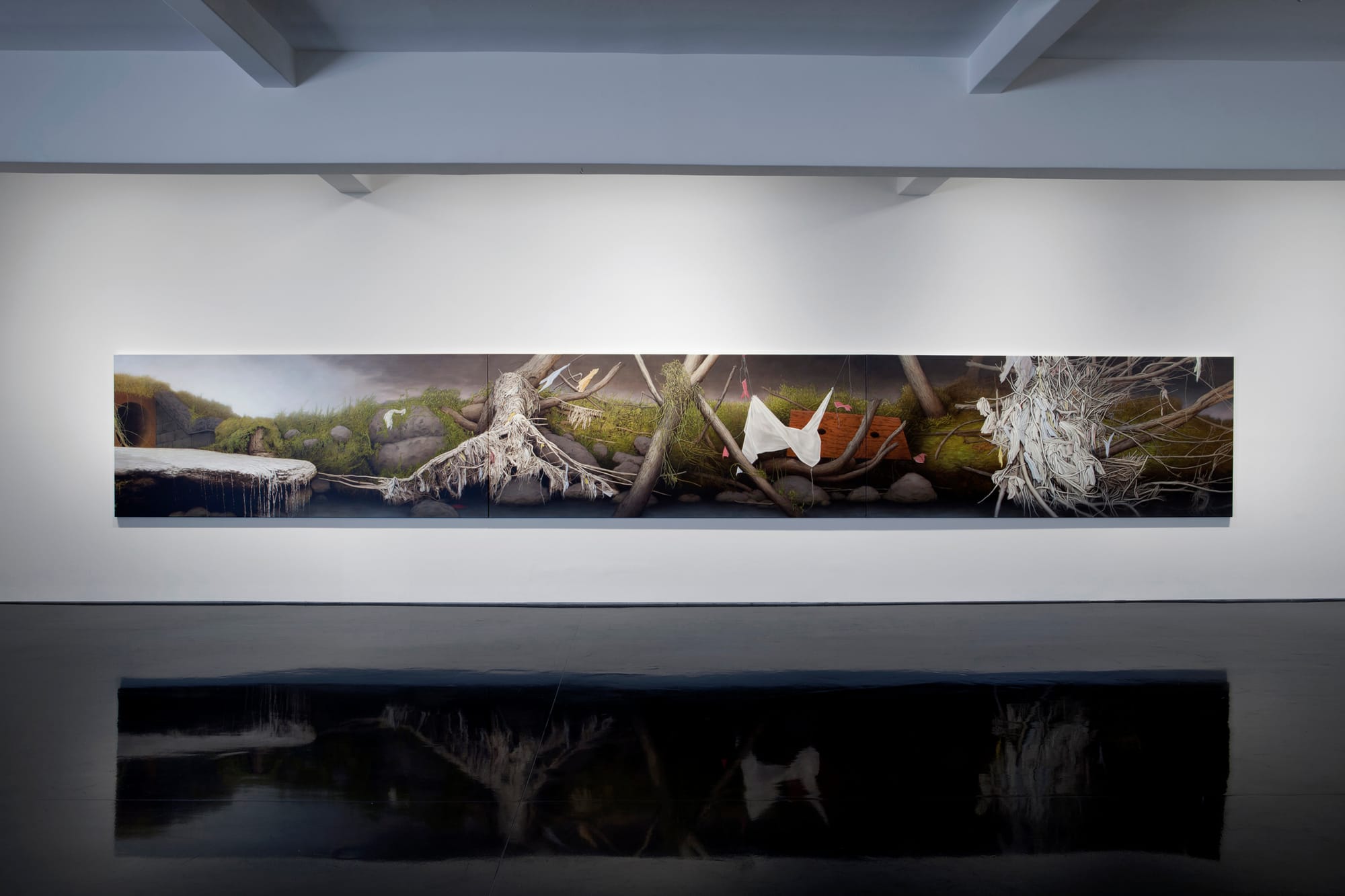
Over the years, Browne has received significant recognition for his contributions to Australian art. His work features in major public collections including the National Gallery of Australia, the National Gallery of Victoria, and the Art Gallery of New South Wales. This institutional support reflects the depth and consistency of his artistic vision.
What makes Browne's practice particularly relevant is how it encourages viewers to reconsider their relationship to everyday environments. By focusing on overlooked details and transforming them through his artistic process, he invites us to see familiar surroundings with renewed attention and curiosity.
The documentary film about Browne's 2012 exhibition provides valuable insight into his working methods and thought processes, capturing a specific moment in his ongoing artistic evolution. This kind of documentation serves an important educational purpose, allowing audiences to understand not just the finished artworks but the complex creative journey that produces them.

